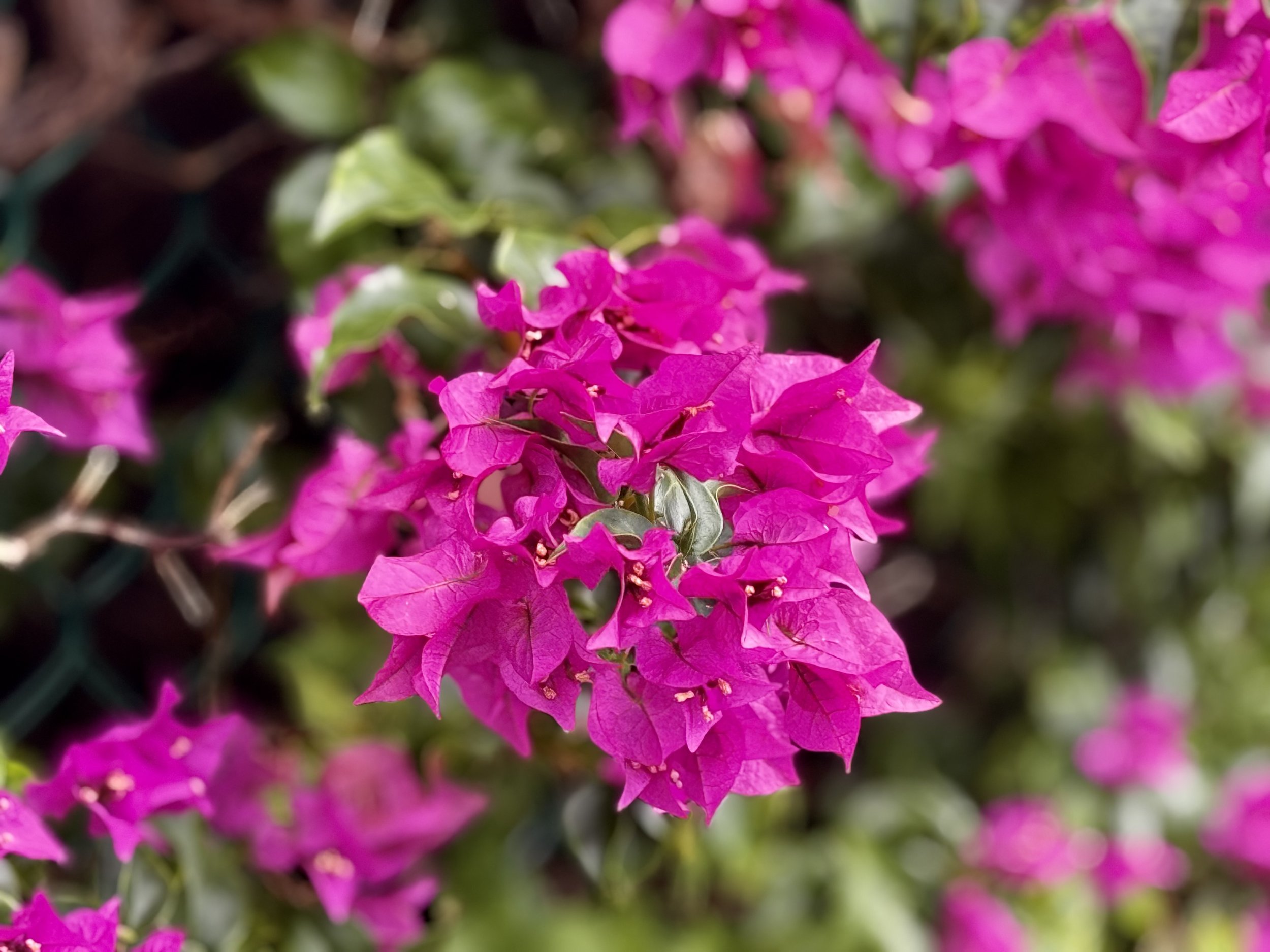Engaged Yoga
Engaged Yoga: Read about Paul’s travels, musings, and what yoga and movement mean in his everyday life.
These sightings in April resonated.
Or the promise of the puffy white clouds? ...
Keoni Movement Arts
It may be cold outside, but that doesn’t mean you can’t warm up inside! Join us in the comfort of your own home in one of our virtual classes, running now through March 26.
Enjoy the KMA Twitter feed below. To read more, check out our founder Paul Keoni Chun’s blog Engaged Yoga.






